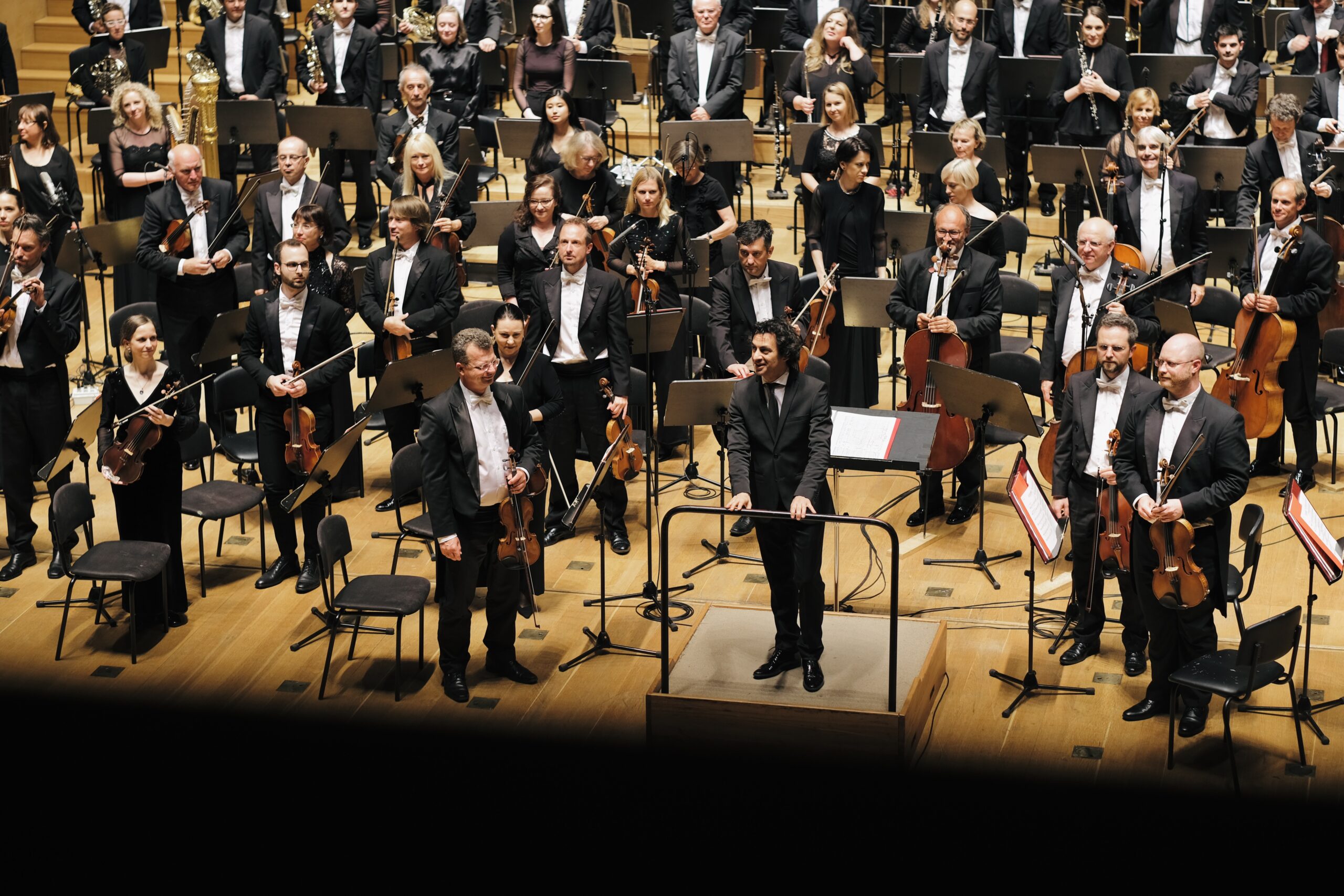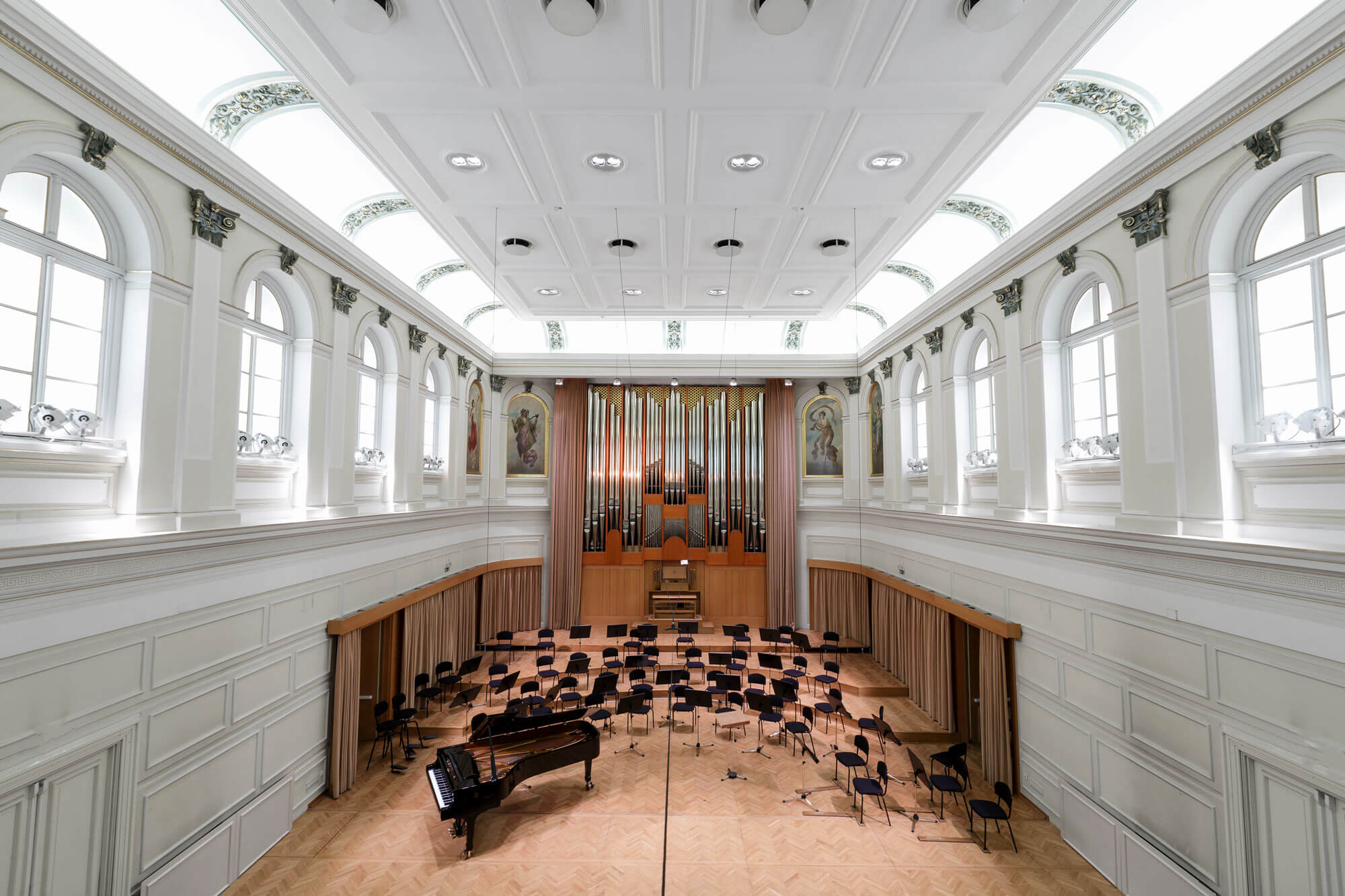We Are All Connected, One Way or Another
We live in a fascinating time in which musicians boast impeccable technique. Of course, this is no guarantee that they are great performers: impeccable technique means playing all of the notes flawlessly and not missing a single one, but good music is much more than this. If we were satisfied by accuracy alone, it would suffice to use a computer. Our intimate needs are warmth, love and emotions. These are certainly hidden in music, but a computer is unable to satisfy these needs. In this sense, there is an obvious difference between listening to music on a CD, where everything is flawless, clean and perfect, and live music, where the human factor is (thankfully) still present. It is this exciting factor that convinces numerous people every day to take the time to attend a concert.

In interviews with members of the Slovenian Philharmonic, a very interesting phenomenon came to light: they are all connected. I’m not talking about friendship, as friendships are forged mainly outside the work environment. I’m talking about a truly unique symphony that is only possible when everyone is focused on the task at hand and therefore becomes one. At the same time, each musician maintains their own identity in their own way. I believe that if each of them played the same symphony, they would each interpret it in a unique way. After all, Beethoven’s forte, crescendo or accelerando is different from Schubert’s, due to the completely different personalities of the composers.

As you may know, I’m particularly fond of the word style, which is why I note with a smile that every player in the Philharmonic has their own style. We can talk about style when a musician or artist tries to feel, imagine or hypothesise about the musical language of a particular era. Moreover, in order to create a good performance of a Beethoven sonata, for instance, the performer should ideally be familiar with all of the composer’s other works, even those for other instruments, such as the symphonies. It is therefore necessary to read, to become informed and to listen until one gains an idea of the composer’s style. Of course, this style will never be 100% Beethoven: it is a compromise between our personality and that of the composer. The personal touch is always present and is extremely important. As well as ensuring the recognisability of the style, it also ensures that we are sometimes different, which is, of course, a good thing.
Every period and every culture has its own concept of beauty. The beauty of the faces of Raphael’s Madonnas is very different from those of Rembrandt, or from the Madonnas portrayed in Northern European painting. This is also true of music: music is beautiful and has countless faces, each with its own unique details dictated by the person creating it. This is the magic of the people who make up the Philharmonic.
